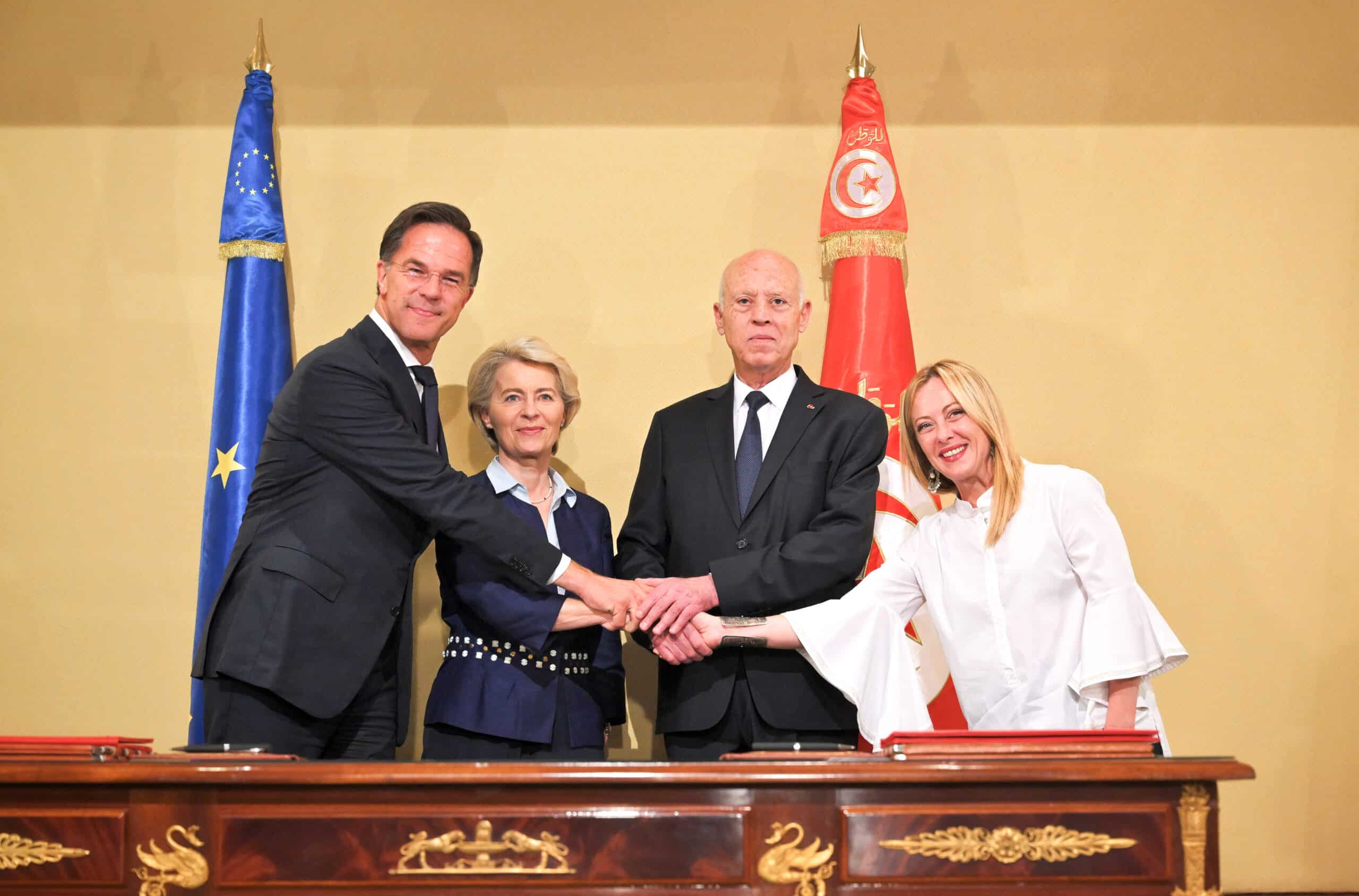Rome – The Dublin Regulation (EU law concerning the right to asylum seeking) is “practically inapplicable”, Italian Minister of Interior Angelino Alfano claimed in front of the Schengen Committee. Though acknowledging that “Overcoming the basic principle of the Regulation has yet to become a norm”; Minister Alfano says that the latest decisions made by the European Council with regards to common policies about immigration do highlight a “change in the pace”. Yet, “some Countries remain fixed on their selfish positions, as they analyse the problem solely from a nationalistic point of view”.
Minister Alfano emphasises the key role Italy played in obtaining the implementation of a common strategy from the EU. Such strategy is based on three fundamental pillars that “are either bound to stand together or to collapse together: relocation, hotspots and European repatriation”. The head of the Viminale states that these three pillars are all equally important and must be dealt with as a whole; however, the last point is surely the focus of the discussion, because “as the influx of desperate migrants escaping not only wars, but hunger as well increases; the repatriation mechanism must work efficiently, else it is likely to fail both in Italy and in the rest of Europe”.
Italy has therefore asked it to be Europe’s duty to send back to their own countries whomever does not have a right to asylum, since it is Europe which has to “take charge of the procedure” as well as “the financial, political and legal responsibility” of the same. Minister Alfano believes EU as a whole to have a stronger bargaining position when dealing with the Home countries of the migrants, appealing to the “conditionality principle” that regulates the help coming from international cooperation. The EU has heavily invested on this point, and consequently has to count on an economic aid based on Third Countries’ availability both “to limit expatriation and to re-accommodate those who left the country”.
Concerning refugees’ relocation, Minister Alfano points out that “it will begin jointly with hotspot’s activation”; hotspots being the places where whomever has a right to asylum will be separated from the rest of the migrants who do not. It is forecasted that roughly 40 thousand asylum seekers will come from Italy, as long as they reach the country between September 16 2015 and September 17 2017. In addition, migrants who reached Italy between August 15 2015 and September 16 2015 will be allowed to leave as well, as long as they already presented the application to obtain the refugee status.
The inflow of migrants coming to Italy is decreasing. According to data collected by the Viminale, from the beginning of the year there have been 130.577 migrants per 864 boats, the majority of which “came mostly from Libya”, Minister Alfano says while underlining that this is about 8000 migrants less compared to the same time period from 2014. On the other hand, however, requests for international protection have been spiking up. Up to September 25 2015, there have been 42.801 applications, which means a 74% increase from last year. Such number is expected to rise further, according to the Italian Minister, given that the relevant commissions and local offices have just began to work at capacity. 51% of applicants were rejected, 5% obtained the refugee status while 16% obtained subsidiary protection and 24% of applications have been passed on to a commissioner in order to obtain a permit on humanitarian grounds.



![Una donna controlla le informazioni sul cibo specificate sulla confezione [foto: archivio]](https://www.eunews.it/wp-content/uploads/2014/12/Etichette-alimentari.jpg)


![Ragazza in biblioteca. Nell'Ue chi studia non lavora e neppure cerca. In Italia funziona ancor più così [foto: Tulane University, Wikimedia Commons]](https://www.eunews.it/wp-content/uploads/2024/11/Girl_in_the_Library_3638661587-350x250.jpg)



